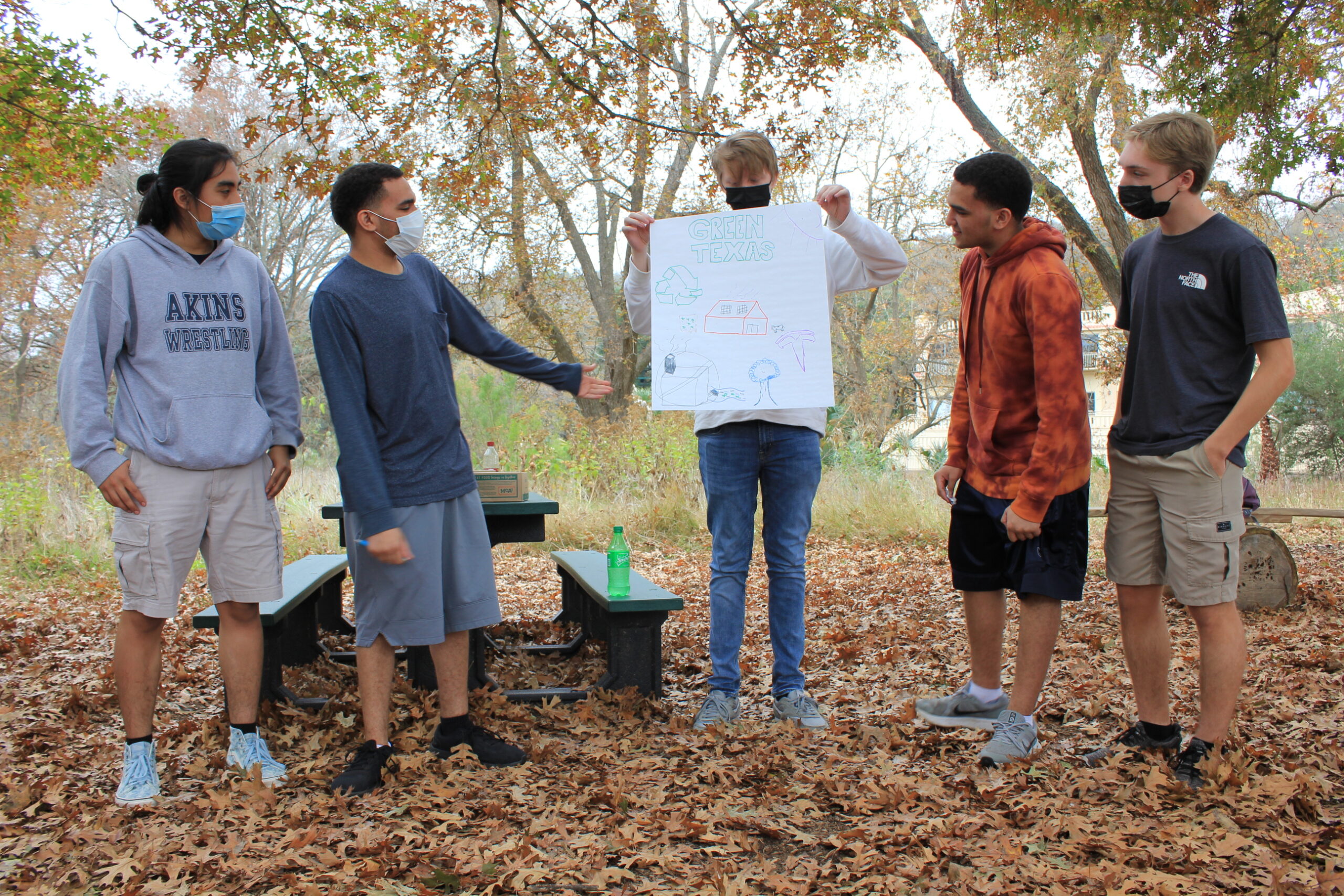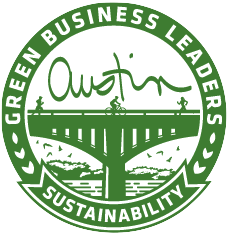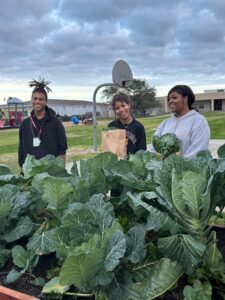 EcoRise’s Building a Green Texas (BGT) program was a groundbreaking research partnership funded by an Environmental Literacy Program Grant from the U.S. National Oceanic and Atmospheric Administration (NOAA). The vision was bold: activate Texas youth with the knowledge, skills, and confidence to tackle climate change through green building and sustainability education. In partnership with the University of Texas (UT) at Austin’s School of Architecture, we designed a program to foster a green building school-to-job pipeline across Texas that contributes to a more diverse workforce and helps underserved youth develop the knowledge, skills, and confidence to tackle challenges posed by climate change.
EcoRise’s Building a Green Texas (BGT) program was a groundbreaking research partnership funded by an Environmental Literacy Program Grant from the U.S. National Oceanic and Atmospheric Administration (NOAA). The vision was bold: activate Texas youth with the knowledge, skills, and confidence to tackle climate change through green building and sustainability education. In partnership with the University of Texas (UT) at Austin’s School of Architecture, we designed a program to foster a green building school-to-job pipeline across Texas that contributes to a more diverse workforce and helps underserved youth develop the knowledge, skills, and confidence to tackle challenges posed by climate change.
In 2022, Avery* began her internship at Groundswell Galveston (formerly Galveston’s Own Farmers Market) thinking of climate change as an abstract problem. Her work included supporting community food access research, guiding elementary students in the garden, and tabling in the community. By the end of the program, she was bringing awareness to food deserts in her community, highlighting inequities in grocery access, and seeing herself as a civic leader.
“It really taught me that staying here isn’t a bad thing and you don’t have to get stuck. I realized I can help others—especially in low-income communities like mine—and make a difference.”
Building a Green Texas Student Intern
Avery’s story is one of hundreds from the program. Between 2020 and 2024, BGT forged classroom-to-career pathways into the green workforce, one of the fastest-growing sectors of our economy, for over 800 students. With federal support from NOAA, EcoRise and UT Austin built a program that filled critical gaps in sustainability education, seeded a diverse green workforce, and produced real outcomes for students, families, and communities. With sustained investment, these pathways can expand to reach even more students, preparing the workforce for our future needs. Learn more about the evolution of the program and its outcomes in the Summative Evaluation Report prepared by researchers from the University of Texas.
How Federal Funding Prepared Students for the Green Workforce
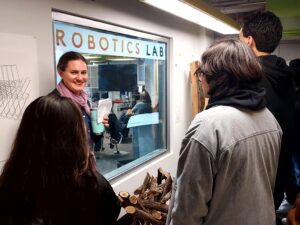 BGT prepared students to lead, design, and work towards a climate-resilient future through a layered approach: curriculum in the classroom, hands-on field experiences in the community, and career exposure through mentorship and internship opportunities. Over 800 students learned through hands-on projects that included energy audits, carbon calculations, garden redesigns, social entrepreneurship, designing for the cradle-to-cradle model, and more.
BGT prepared students to lead, design, and work towards a climate-resilient future through a layered approach: curriculum in the classroom, hands-on field experiences in the community, and career exposure through mentorship and internship opportunities. Over 800 students learned through hands-on projects that included energy audits, carbon calculations, garden redesigns, social entrepreneurship, designing for the cradle-to-cradle model, and more.
At the foundation were teachers. EcoRise trained 45 Texas high school educators to implement our Green Building Lessons for a Sustainable Future curriculum in their classrooms. We focused teacher recruitment efforts in school communities that are economically disadvantaged or disproportionately impacted by climate change. Teachers earned stipends for using and providing feedback on the curriculum and student experience.
“EcoRise gave me resources that I could modify to fit my classroom needs. I was able to break the lessons I needed into smaller chunks and intersperse them throughout the year to support the concepts I was already teaching. This allowed my students to get some new hands-on labs and activities, as well as providing a focus for the spring semester.”
Building a Green Texas Teacher
The BGT classroom experience was connected to real-world learning through 13 curated field experiences with EcoRise partners. From an online field experience with the University of Texas Marine Sciences Institute in 2021 to an in-person Tesla Gigafactory tour and conducting water testing with Austin Youth River Watch in 2024, the BGT program left lasting impressions on youth who are trying to forge their own path in the world.
“I hadn’t thought about it much before, but now I find it really interesting how architecture plays a role in environmental causes. It can either be a catalyst for justice or uphold harmful practices to the environment and certain populations.”
Building a Green Texas Student
The final layer of the program was career immersion with local organizations. The paid summer and school-year internships offered 62 students opportunities to engage with a diverse range of scientists, educators, civic leaders, and green professionals. One BGT Intern reflected, “[My internship] opened my eyes to how many opportunities there are—and that I could be part of them.”
The results were transformative. Students not only built technical skills but also grew into climate leaders, reporting new confidence, civic engagement, and a deeper sense of belonging in sustainability fields. Teachers, too, described how the program filled a critical gap in career and technical education, providing ready-to-use sustainability curricula and the chance to connect classroom lessons with real-world impact.
Community Partnerships Localize Impact
One of BGT’s greatest strengths was its network of local partners who rooted the program in community action and turned classroom learning into lived experiences. Students worked with 18 organizations, restoring habitats at Circle Acres Preserve, exploring renewable energy with Austin Energy, supporting the Young Gardeners Program at Groundswell Galveston, and much more. These experiences grounded learning in local contexts, ensuring that students didn’t just learn about sustainability in the abstract—they saw how it played out in their neighborhoods and how they were able to co-create solutions. Interns reported that working with community mentors opened their eyes to new career possibilities, while mentors described how hosting students reinvigorated their work and strengthened local networks.
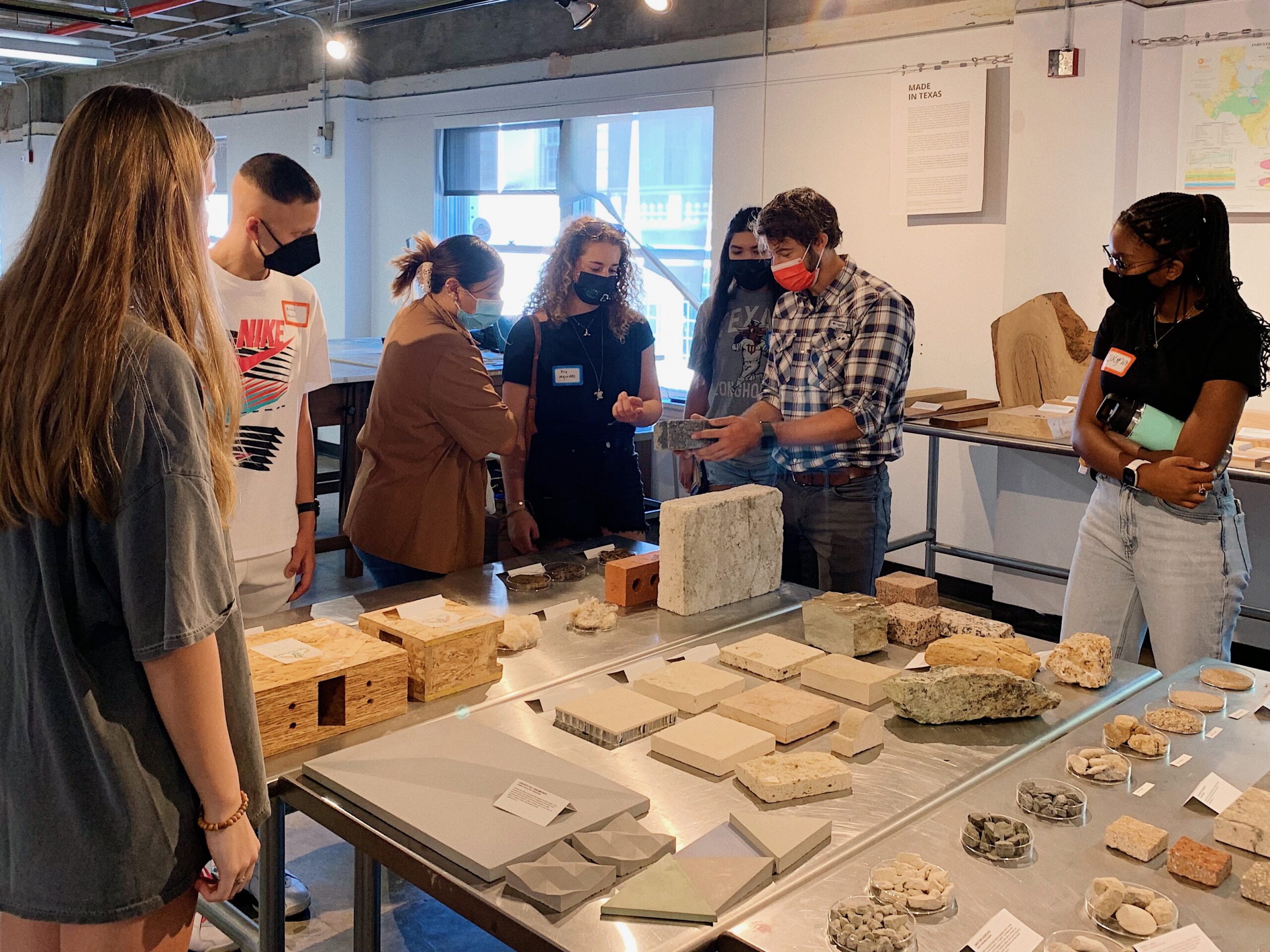
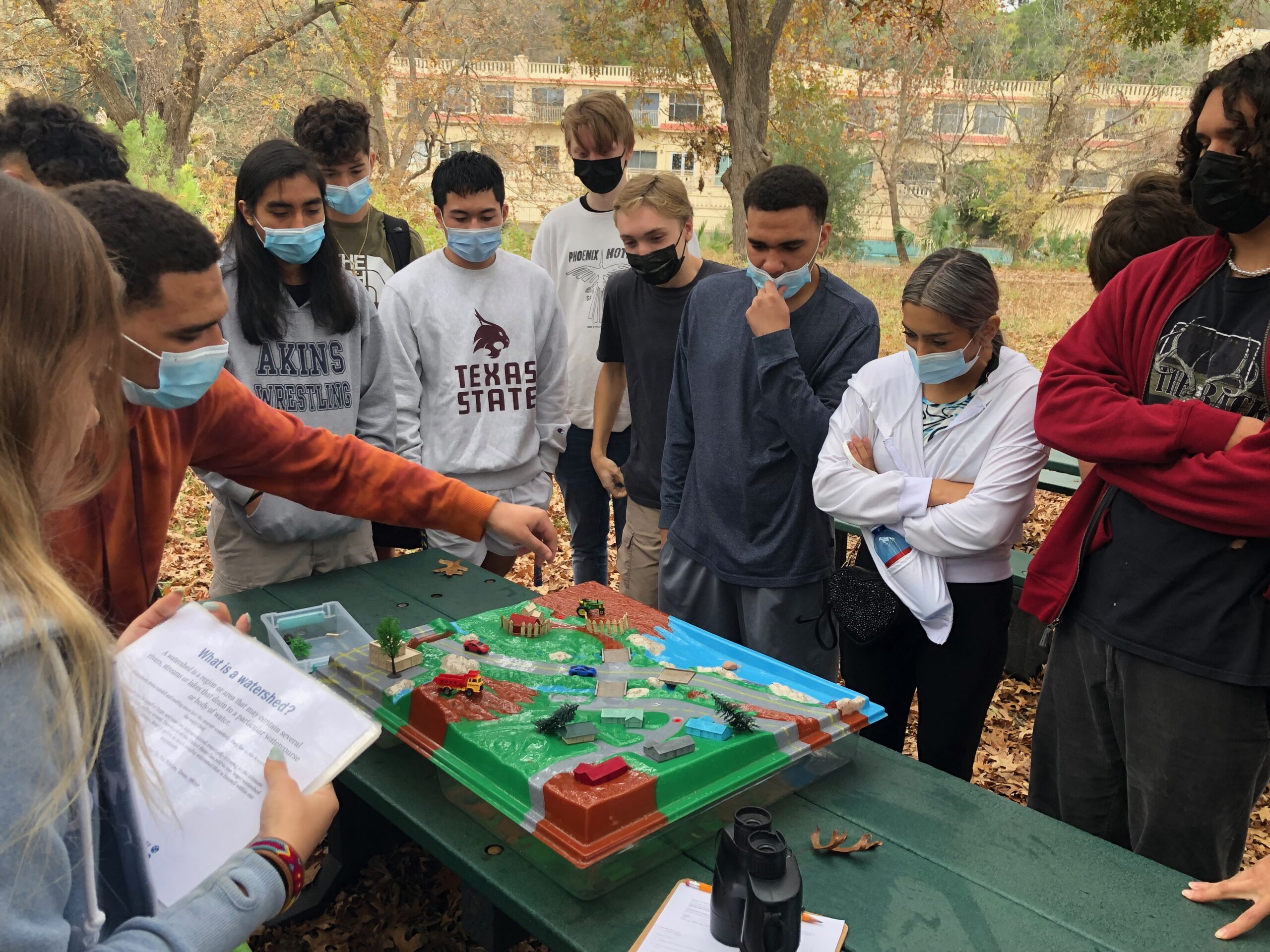
EcoRise is deeply grateful to the many educators, nonprofits, and civic institutions who anchored BGT in real-world learning. Their fingerprints are everywhere in the program’s success: in the networks students built, the projects that strengthened local resilience, and the sense of belonging young people carried into their future studies and careers.
The Future of Green Education: What’s at Stake
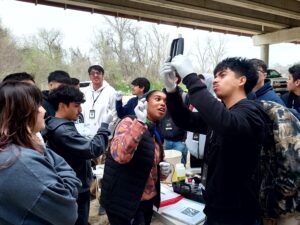 The story of Building a Green Texas proves that investment in climate education works. Federal funding helped to launch a program that empowered hundreds of students and educators, strengthened community resilience, and established a foundation for equitable workforce development. Programs like BGT give young people practical skills, professional networks, and civic confidence to become tomorrow’s engineers, advocates, designers, and leaders as demand for green jobs grows.
The story of Building a Green Texas proves that investment in climate education works. Federal funding helped to launch a program that empowered hundreds of students and educators, strengthened community resilience, and established a foundation for equitable workforce development. Programs like BGT give young people practical skills, professional networks, and civic confidence to become tomorrow’s engineers, advocates, designers, and leaders as demand for green jobs grows.
But as administrations shift, so do federal priorities. Without sustained investment, students lose access to the mentorship, networks, and hands-on experiences that prepare them for the jobs of the future. The future of green education cannot rest on public support alone. It is more urgent than ever for private investors, philanthropic partners, and community leaders to step up, sustain momentum, and expand access.
Our young people have shown us what they are capable of. The question is: will we invest in them and the workforce our future demands?


